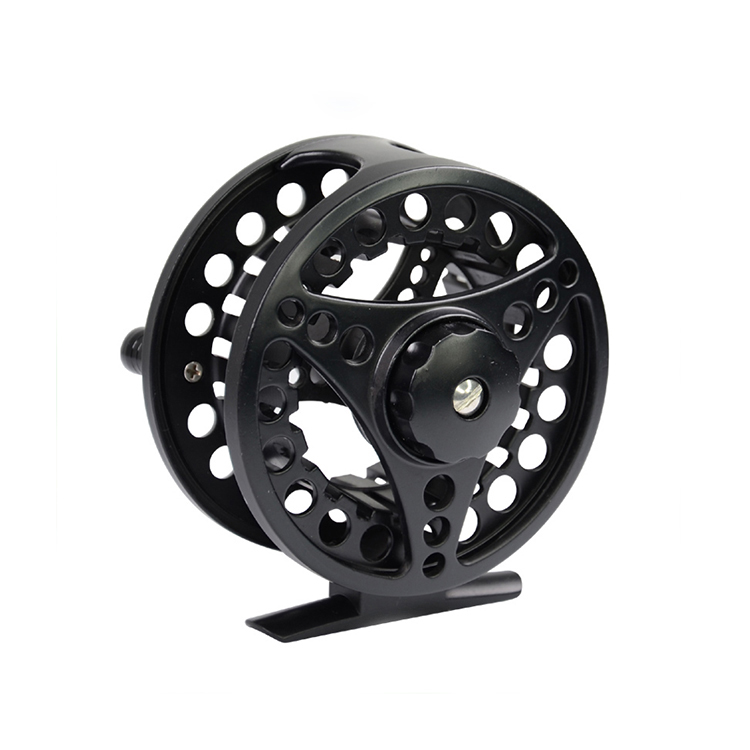
Comparing Powder Coating to Other Finishes
Powder coating vs anodizing Compared to anodizing, powder coating allows for more colors and surface finishes. Additionally, for large quantities and complex parts, powder coating

Powder coating vs anodizing Compared to anodizing, powder coating allows for more colors and surface finishes. Additionally, for large quantities and complex parts, powder coating
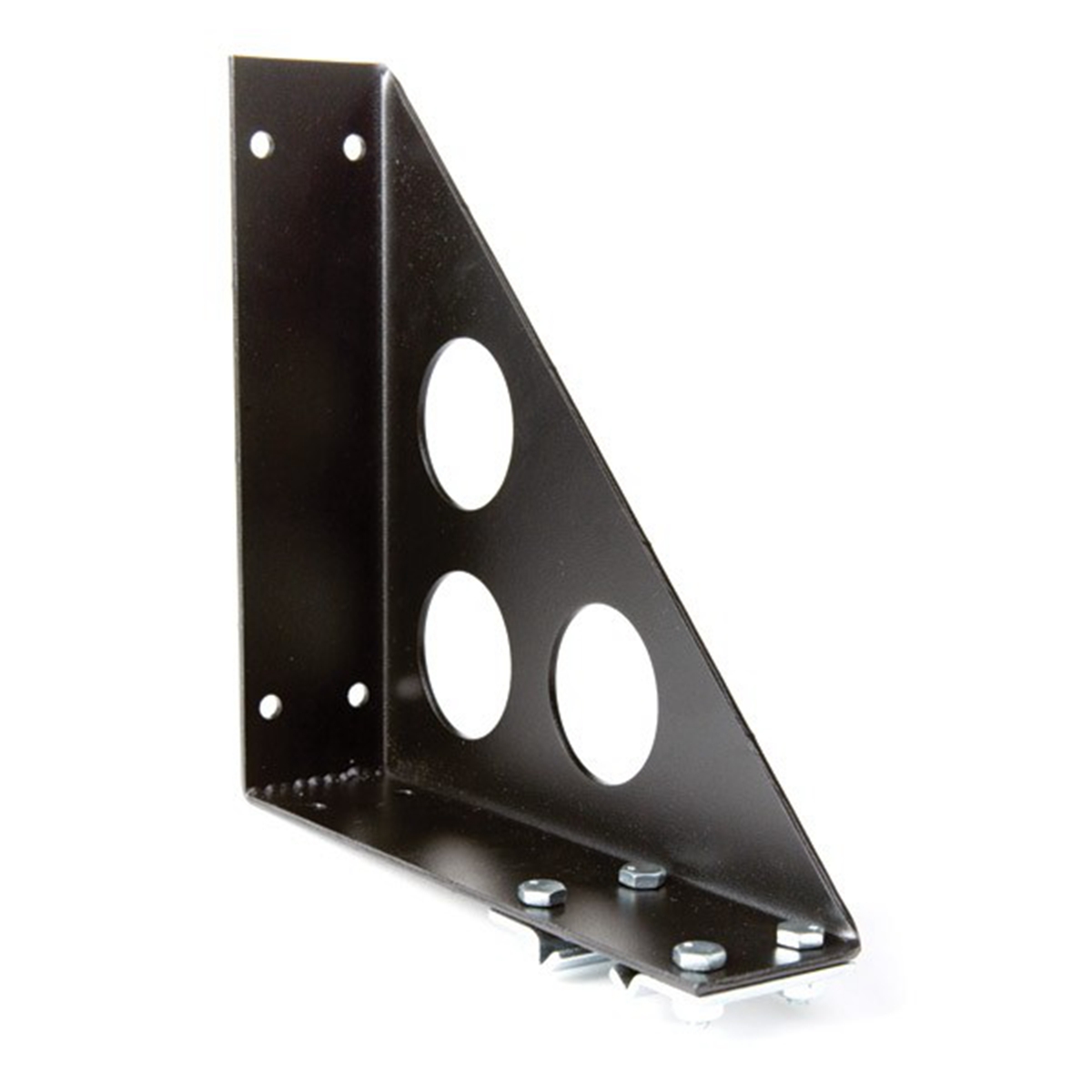
Laser cutting is a subtractive manufacturing technology that uses a high-powered, focused laser beam to vaporize, melt, or burn materials with extreme precision. Its popularity
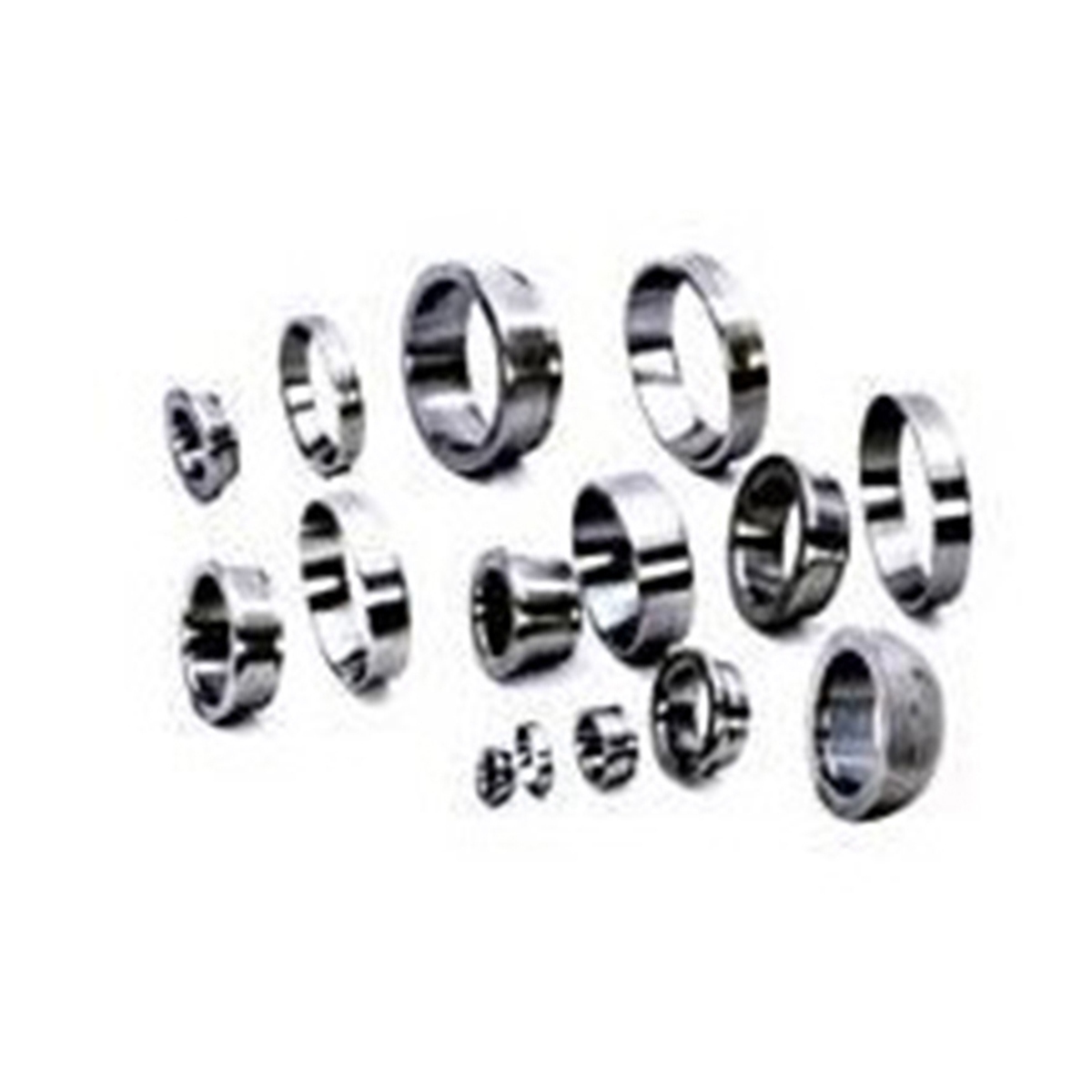
316L stainless steel is a low-carbon variation of the classic 316 alloy and is a cornerstone of the austenitic stainless steel family. Its “L” designation

Vehicle parts Powder coating meets the wear and corrosion resistance requirements of vehicle parts, most notably auto wheels and motorcycle frames. Architectural components Powder
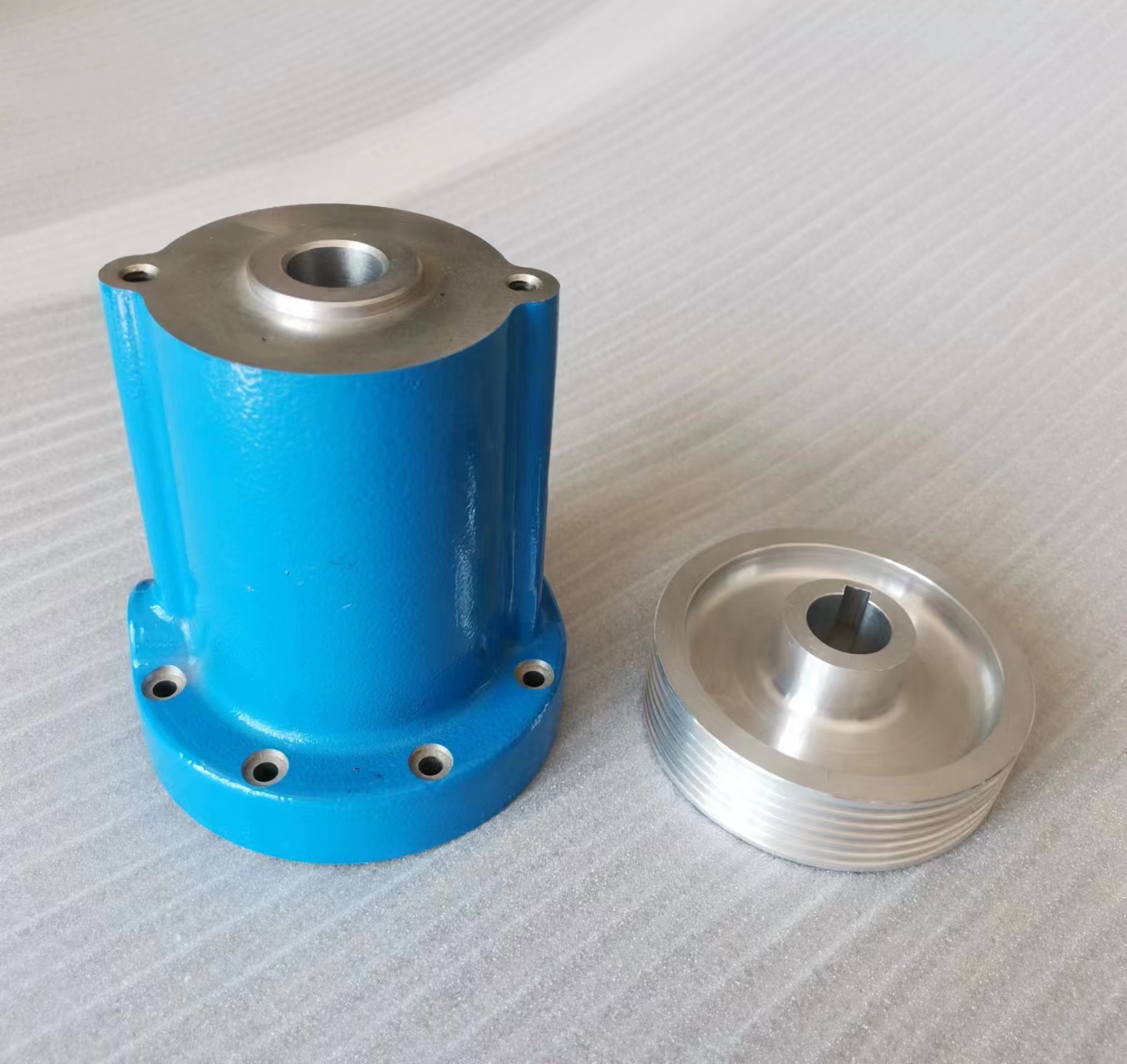
Corrosion resistance Compared to traditional coatings, powder coatings are thicker and can delay corrosion and oxidation on their surface. Color diversity Aluminum powder coating

Pre-processing Cleaning Before powder coating, it is necessary to use alkaline or neutral degreasers to thoroughly clean the aluminum surface to remove grease, dust, or
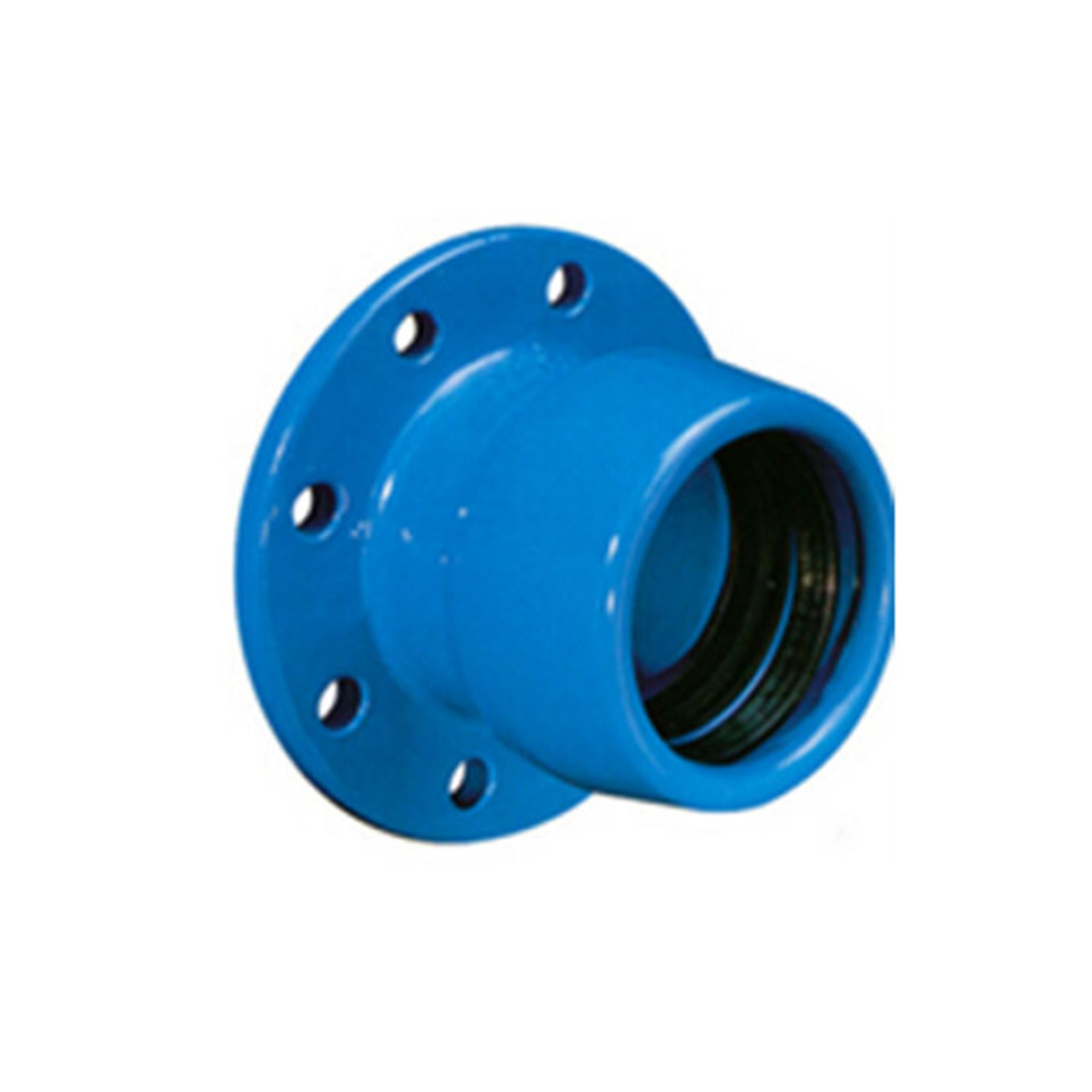
Thermosetting Plastic Powders Thermosetting plastic is the most used material for powder coating, and the common types used for aluminum parts are: Epoxy, Polyester, and

The good conductivity of aluminum ensures that it adheres evenly to aluminum parts through electrostatic adsorption when powder coating. Aluminum’s excellent heat resistance (melting point

Powder coating is a dry surface treatment for metals, including aluminum. It uses a specialized spray gun to apply finely ground dry powder(made from
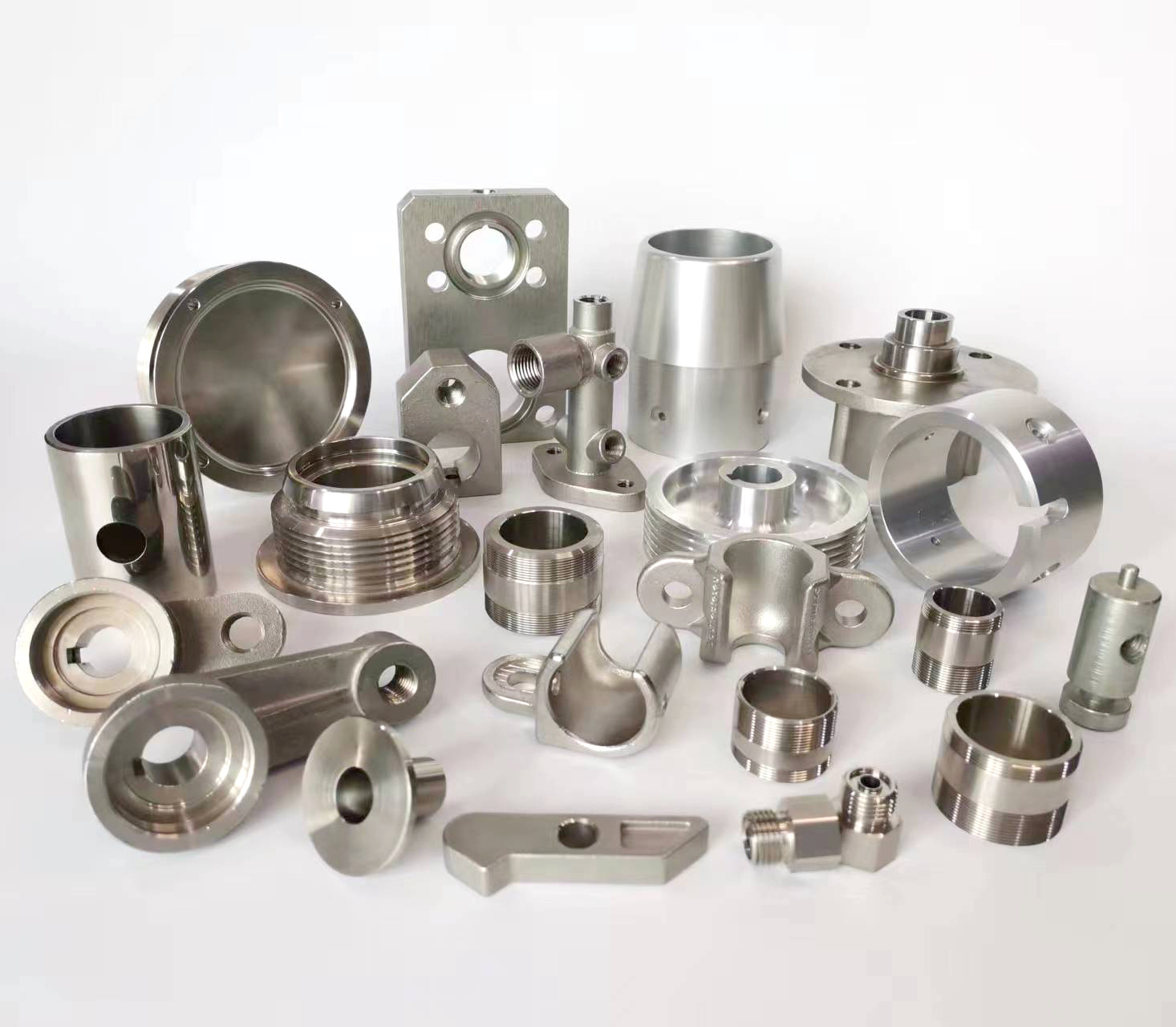
Based on the operating temperature and the chemical solvent used, black oxide is generally divided into the following types: Hot black oxide The hot
WhatsApp us
Ready to Work Together? Build a project with!
*You can upload your design here so that we can provide you with a more accurate quote.